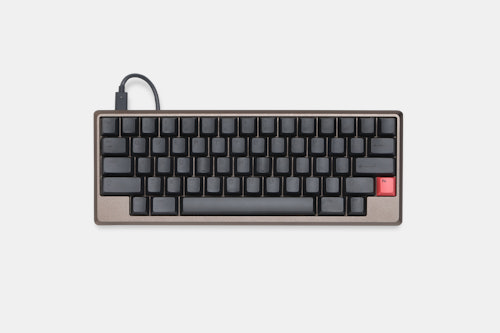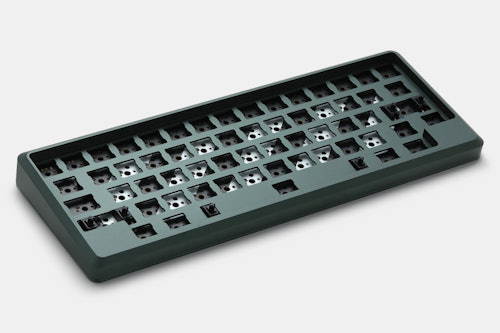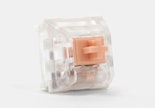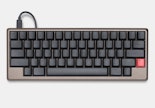Click to view our Accessibility Statement or contact us with accessibility-related questions
 VIEW 14 MORE
VIEW 14 MORE

 VIEW 8 MORE
VIEW 8 MORE VIEW 8 MORE
VIEW 8 MORE
Drop + Tokyo Keyboard Tokyo60 Keyboard Kit
$160
Drop + Tokyo Keyboard Tokyo60 Keyboard Kit
bookmark_border
$160
Ready to Ship
·
Free Returns in USA
●
Members who purchase earn
480
Drop Rewards
Product Highlights:
Frequently bought together:
Want to know something about this product or how to use it?
Ask the community!
Ask the community!
Sort by: Newest
keyboard_arrow_down
Bobbbay
0
Apr 8, 2020
Would buy this if it wasn't for the arrow key situation... How do you guys handle it? I'm a programmer, I N-E-E-D arrow keys!

asdffdsa
48
Oct 9, 2020
I'm also a programmer (as are probably a lot of people using these) - there's a couple ways i've heard of. e.g. a common one is Function + ASDW. My preferred method is to map F to go to the 2nd layer, where I've then mapped the vim movement keys (HJKL). e.g. hold down F and press J to move down. It's actually a shorter movement than using arrow keys. Takes a little getting used to, but I already use VIM key bindings in any editors that let me, so I like it.
While I'm mentioning customizations (which is why QMK is so awesome), some others that are handy for programming:
- map what is traditionally the Caps Lock key to: when held, Control. when tapped, Escape.
- map the Shift keys to Shift when held, Parens when tapped.
givemeyourshoes
427
Apr 8, 2020
Yes. www.caniusevia.com shows the rev 1 version of this PCB is supported. You can download the .hex file there and flashi it via QMK once and then VIA for life after that.
Linkmeup82
9
Sep 24, 2021
SamL214Yeah. It would require Drop to work with QMK to get a working hex file. They said they were going to release a GUI for these few boards but then, never did so, it looks like they aren’t interested in VIA support. I also read something awhile back that indicates the microcontrollers used may also be the issue even though VIA is built on top of QMK. It’s been awhile and don’t hold your breath on this board. I don’t want to get into all of the issues with it like the terrible, rattling, plate mounted stabilizers but, there are better options out there that fully support VIA by smaller retailers that deserve the support.

paramatman21
29
Mar 6, 2020
I just received and assembled my tokyo60 with Halo True switches and SA keycaps. The ping is so loud and awful. I tried using the padding included in shipping to dampen but it doesn't fit in the case. Any ideas?

frankhinek
6
Apr 1, 2020
I assembled my Tokyo60 v3 board and tried connecting it to two different MacBook Pros with two different cables. The keyboard isn't detected at all. I even tried with the original PCB that I received initially. Anyone have any suggestions?




.jpg?auto=format&fm=jpg&fit=clamp&w=155&h=108&dpr=1&q=70)



